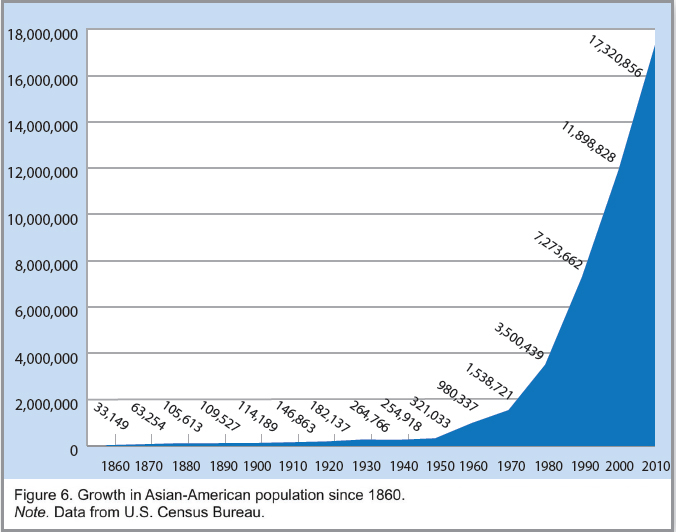CONSIDER GENRE AND DESIGN
As is the case with other academic essays, the basic design of your informative essay will reflect the formatting requirements of your assignment and the expectations of your readers, particularly your instructor. Typically, those requirements specify the use of wide (one-inch) margins, double-spaced lines, page numbers, and a readable font. These design features make it easier for instructors and classmates to read and comment on the essay.

Other design elements can help you clarify information for your readers and add visual interest to your essay. As you think about how you will present information to your readers, consider the benefits of using visual evidence to support your points.
- Illustrations such as photographs and drawings allow you to clarify abstract concepts and demonstrate processes that might be difficult to follow were they presented in the main text of your essay.
- Charts, graphs, and tables let you convert dense numerical information or statistical data into more easily understood visual summaries.
You can draw on your sources for visual evidence in two ways. You might borrow an illustration from a print or online source to help readers understand a complex concept or process, such as the steps involved in cellular respiration. Or you might use data from one or more sources to create an original chart, graph, or table to clarify a point, such as the growth of the Asian American population.
As you draft your informative essay, carefully consider the use and placement of illustrations. You must acknowledge the source of any images or numerical information (see Chapter 13). Images, graphs, and tables should appear as close as possible to the point where they are mentioned in the text, and a title or caption should identify or explain the illustration.
You can read more about document design in Chapters 16, 17, and 18.